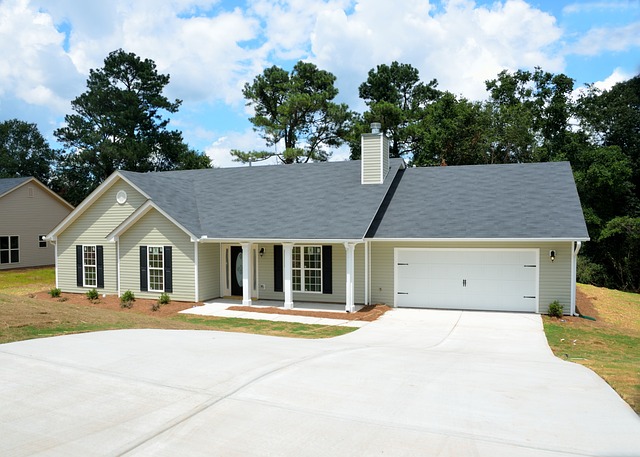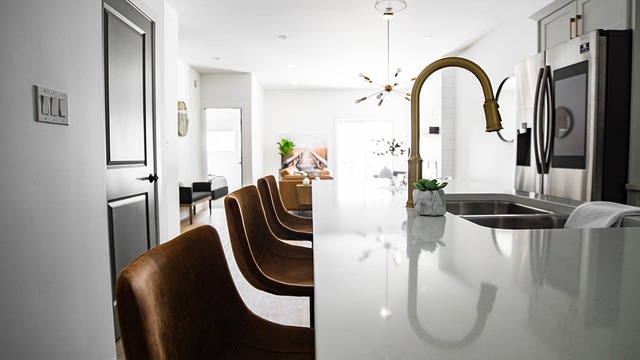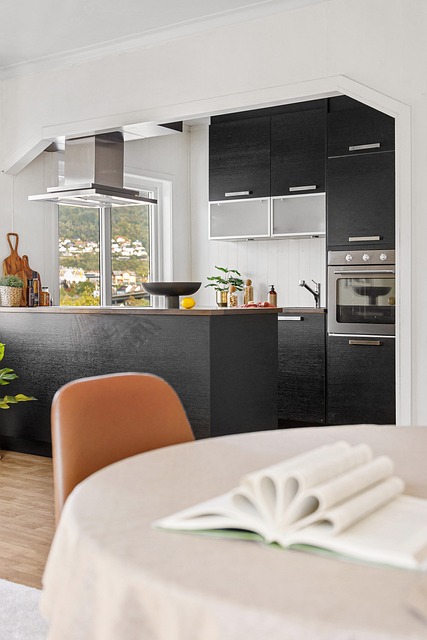Singapore's Executive Condominium (EC) program offers a unique blend of public and private housing tailored for middle-income families transitioning from Housing & Development Board (HDB) flats. ECs are subject to specific conditions managed by the HDB, with a lifecycle that includes stricter resale restrictions than regular HDB flats and the potential for an additional Seller Stamp Duty (SSD) post-five years if certain criteria are not met. This regulatory framework ensures a balance between providing affordable housing and allowing for property appreciation. At the halfway point of their 99-year lease, ECs can be sold back to the developer or on the open market, offering significant value appreciation for early investors and original flat owners. As these properties mature, their market position, influenced by location and amenities, becomes increasingly important for both sellers and buyers. Owners at the five-year mark face decisions on selling, refinancing, or retaining their ECs, with tax implications, mortgage products, and property enhancements to consider. The HDB's role in guiding the integration of these properties into the community is vital, promoting a vibrant living space with smart home technologies, energy-efficient systems, advanced security features, and a strong sense of community through various clubs and interest groups. This transformation ensures that EC residents enjoy a modernized lifestyle with a focus on social connections and shared experiences within the structured housing market of Singapore. Keywords: Executive Condominium HDB, resale restrictions, Seller Stamp Duty (SSD), middle-income families, affordable housing, housing framework, smart home technologies, community initiatives.
In Singapore’s dynamic property landscape, understanding the lifecycle of an Executive Condominium (EC) is pivotal for homeowners and investors alike. This article delves into the changes an EC undergoes particularly after five years, a critical juncture that affects its resale lease value, market positioning, and financial prospects. We explore the evolution of these community living spaces, considering the transformation in amenities and the shifting dynamics within the HDB context. From assessing the residual lease to understanding the implications for selling, refinancing, and mortgage options post-five years, this comprehensive guide offers insights into the journey of an EC as it matures.
- Understanding the Lifecycle of an Executive Condominium (EC) in Singapore's Housing & Development Board (HDB) Context
- The Five-Year Milestone: Resale Lease and Market Positioning of ECs After Half a Decade
- Financial Implications for EC Owners Post-Five Years: Selling, Refinancing, and Mortgage Considerations
- The Evolution of Amenities and Community Life in an Ageing Executive Condominium after 5 Years
Understanding the Lifecycle of an Executive Condominium (EC) in Singapore's Housing & Development Board (HDB) Context
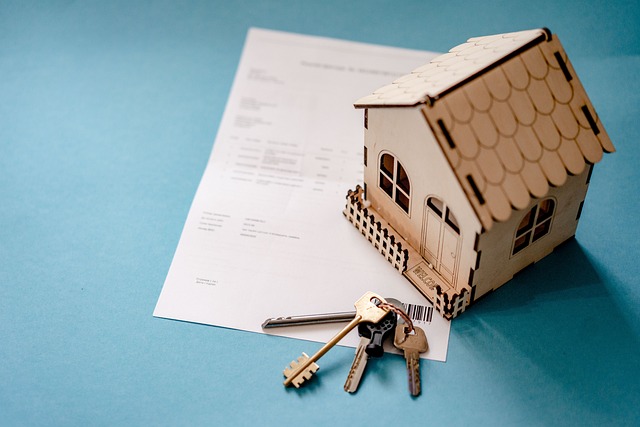
In Singapore’s housing landscape, the Executive Condominium (EC) serves as a unique hybrid between public and private housing, designed to offer a stepping stone for upgrading from HDB flats. The lifecycle of an EC is governed by the Housing & Development Board (HDB), which outlines specific conditions and regulations that these properties must adhere to. Initially launched in 2001, ECs are available to eligible Singaporean families, including those who may not qualify for a public housing flat directly but have the means to afford a larger condominium. Over a period of 5 years, an EC undergoes significant changes. During this tenure, its status as a public-private hybrid is fully realized; it enjoys certain benefits like higher resale restrictions compared to HDB flats, reflecting the HDB’s commitment to safeguard the interests of first-time homeowners. After 5 years, if an EC has not met the criteria for conversion to a private condominium, it may face additional seller stamp duty (SSD) when resold, which can range from 4% to 12%, depending on the duration of ownership. This mechanism ensures that the original intent behind the EC scheme—to provide affordable housing for middle-income families—is upheld while allowing the property to appreciate in value over time. As the EC nears its fifth anniversary, owners should be mindful of this transition and the implications it may have on their long-term housing plans within Singapore’s structured housing framework. Understanding the lifecycle stages of an EC is crucial for potential buyers and current residents to make informed decisions that align with their financial strategies and housing aspirations.
The Five-Year Milestone: Resale Lease and Market Positioning of ECs After Half a Decade
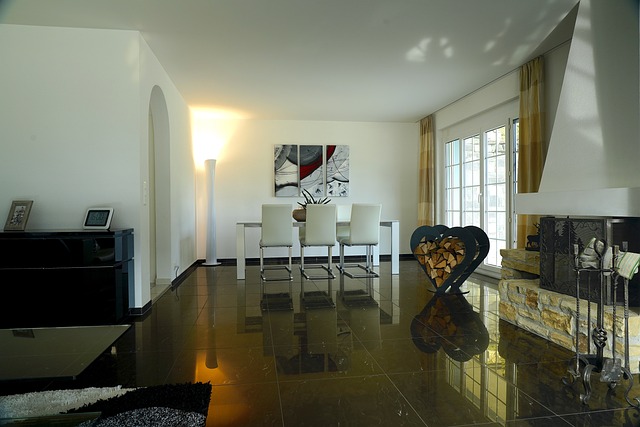
At the five-year mark, an Executive Condominium (EC) under HDB’s purview enters a significant phase in its lifecycle. During this period, residents on the original lease who have fulfilled the minimum occupation period (MOP) may choose to sell their units back to the developer or on the open market, should they opt for privatization. This resale lease option provides flexibility for early investors or original flat owners, allowing them to capitalize on the property’s value accrued over the years. The resale lease market for ECs is a dynamic one, influenced by broader economic trends and the changing needs of homeowners. As these properties transition towards the end of their initial 99-year lease, potential buyers consider the remaining lease and the future value of the property when making purchase decisions.
Moreover, during this half-decade interval, market positioning of ECs becomes a critical factor for both existing residents looking to sell and prospective buyers. The ECs’ location, amenities, and how they compare with other housing options in the vicinity play a pivotal role in determining their market value. Factors such as proximity to MRT stations, schools, and commercial hubs can significantly impact an EC’s desirability and pricing. As the EC matures, its positioning within the property market is reassessed, often leading to shifts in demand based on demographic changes and evolving lifestyle preferences. This period is crucial for stakeholders, including residents, investors, and developers, as it sets the stage for the next phase of the EC’s life and its integration into the broader real estate landscape.
Financial Implications for EC Owners Post-Five Years: Selling, Refinancing, and Mortgage Considerations
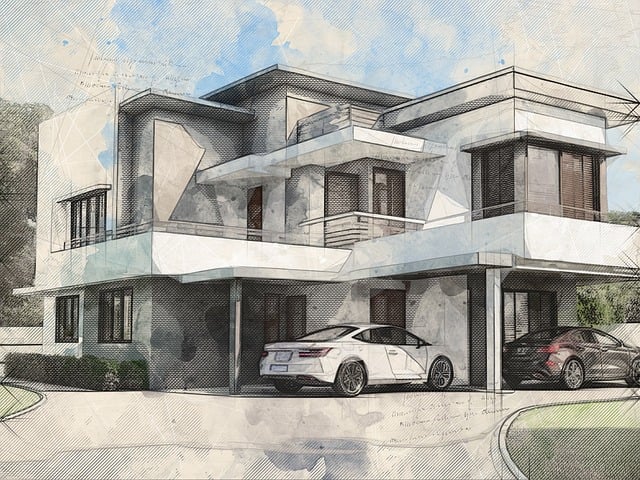
After the five-year mark, EC (Executive Condominium) owners face significant financial decisions that can impact their long-term housing strategy and financial planning. One key consideration is the potential to sell their unit. Post-fifth anniversary, ECs graduate from the public housing scheme and become private residential properties, thus eligible for sale on the open market without restrictions. This transition often leads to an appreciation in value due to the maturity of the surrounding estate and market dynamics, which can be a lucrative opportunity for owners looking to capitalize on their investment. However, it’s important for EC owners to be aware of the capital gains tax implications should they decide to sell their unit within the first ten years of acquisition.
For those who wish to maintain ownership, refinancing options become available after five years. Owners can explore various mortgage products tailored for matured properties, which may offer more competitive interest rates and flexible repayment terms. The ability to refinance can provide financial flexibility, allowing owners to manage their finances better or even extract equity from their property should they have other financial goals or needs. HDB’s Remaining Lease Buy Scheme (RLBS) and bank loan options are among the avenues that EC owners can consider for refinancing purposes, each with its own set of conditions and benefits. Prospective refinancers must weigh their decisions carefully, considering both the immediate financial implications and the long-term impact on their mortgage obligations.
The Evolution of Amenities and Community Life in an Ageing Executive Condominium after 5 Years

Over a span of five years, an Executive Condominium (EC) by the Housing & Development Board (HDB) often undergoes significant transformations in its amenities and community life, reflecting the evolving needs and preferences of its residents. As these properties age, they tend to introduce upgrades that align with contemporary living standards. Enhancements may include smarter home features, energy-efficient systems, and more robust security measures, all aimed at providing a safer, more comfortable, and future-proofed environment for residents. The amenities within the EC might expand to incorporate state-of-the-art fitness centers equipped with the latest exercise technology, larger communal pools, or additional leisure facilities such as tennis courts or playgrounds, catering to the diverse interests of the community.
Simultaneously, the community life within an EC after 5 years often flourishes through resident initiatives and HDB’s active community programmes. Residents may form clubs and interest groups that enrich social interactions and foster a strong sense of belonging. Community events become more frequent and diverse, ranging from seasonal festivities to educational workshops and cultural exchange activities. The EC’s management might also facilitate these developments by organising regular gatherings or providing spaces that encourage communal bonding, such as rooftop gardens or multipurpose halls. These efforts contribute to a vibrant living environment where residents not only age in place but do so with a rich tapestry of social connections and shared experiences.
After exploring the lifecycle of an Executive Condominium (EC) within Singapore’s Housing & Development Board framework, it is evident that the five-year mark is a pivotal point for EC owners. As detailed in the article, this milestone significantly influences the resale lease value and market positioning of these properties. Financially, EC owners face unique considerations when it comes to selling, refinancing, or managing their mortgages post-five years. Furthermore, the evolution of amenities and community life within an ageing EC underscores the dynamic nature of living in such a housing arrangement. As the needs and preferences of residents change over time, the HDB’s role in maintaining the balance between the affordability and quality of these homes is crucial. Prospective and current EC owners should be well-informed about the implications of reaching this five-year threshold to make informed decisions that align with their long-term housing goals. Understanding the intricacies of an EC’s lifecycle, especially after five years, is essential for anyone considering this type of housing in Singapore.
